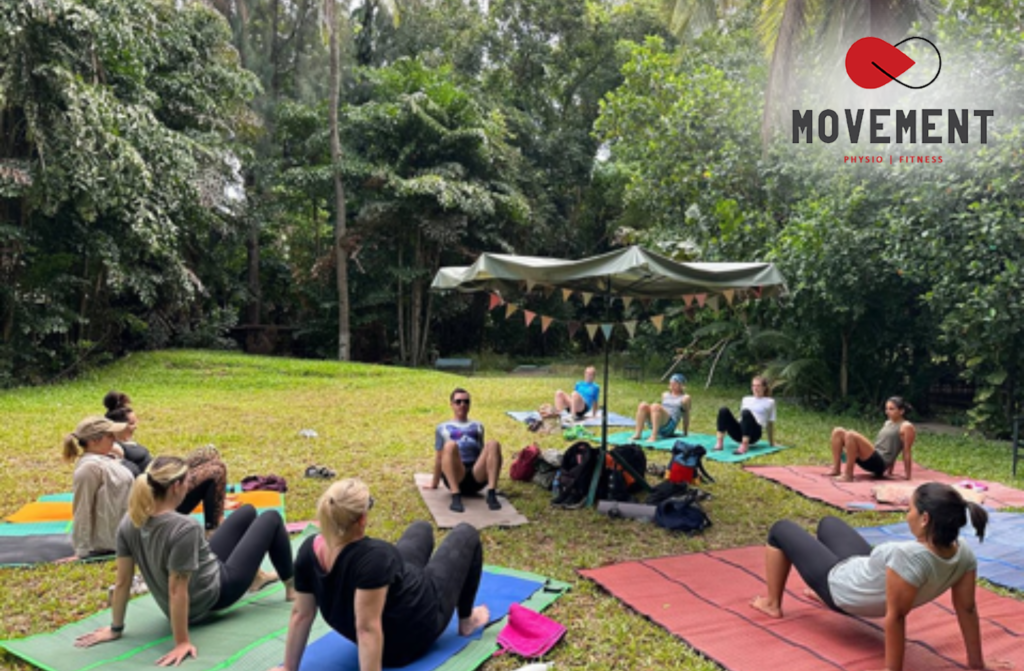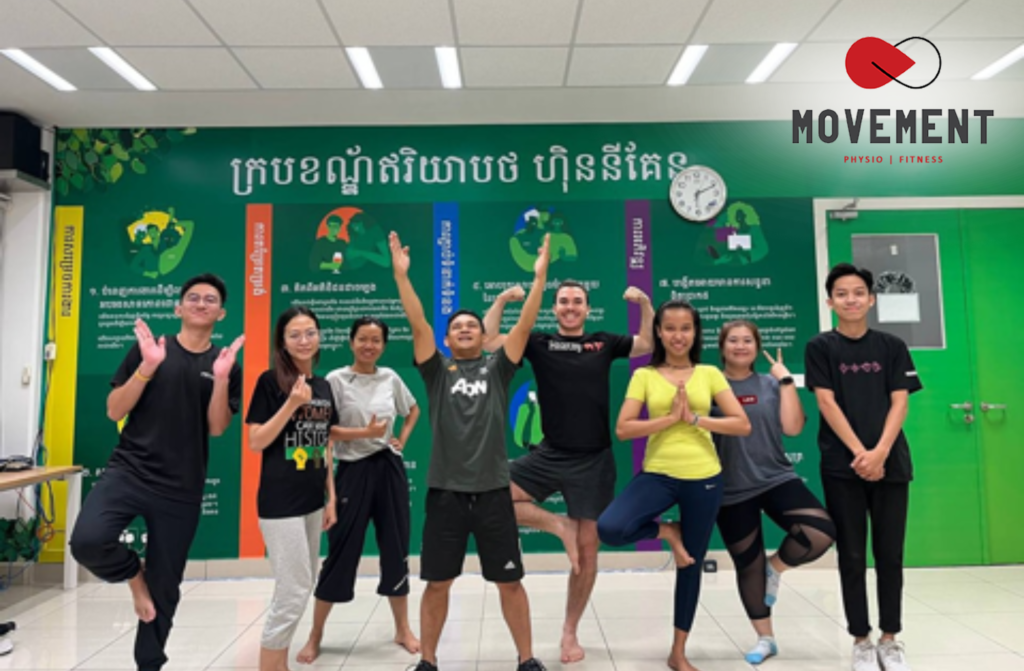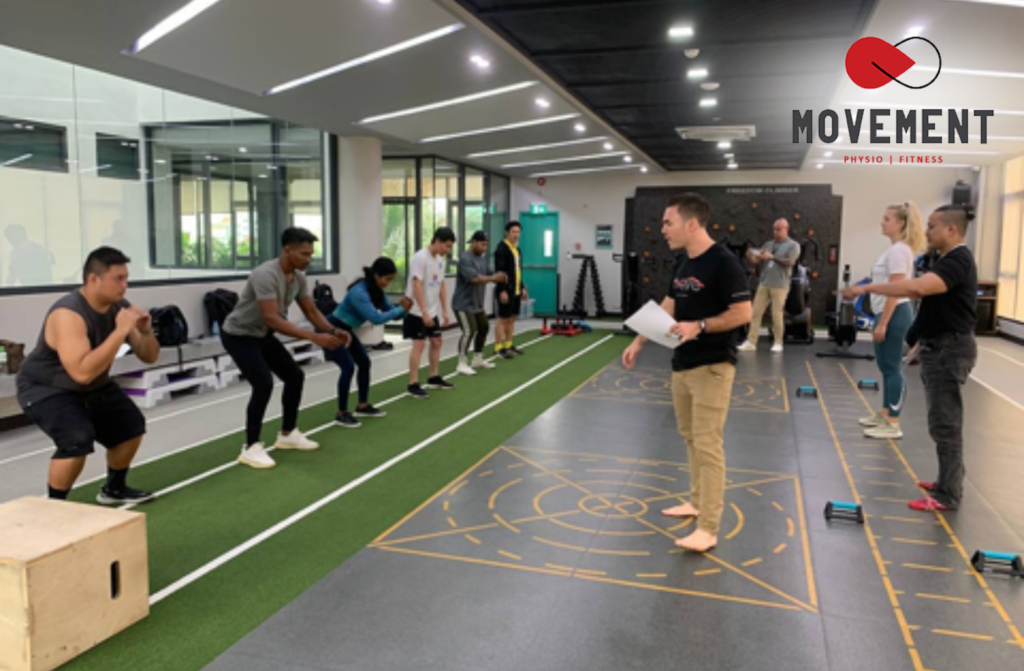Introduction
Keeping employees happy and healthy is not just a noble pursuit but a crucial one in today’s business world. Corporate wellness is about ensuring workers are well in body and mind. It’s not just a nice thing; it’s a must for companies that want to do well and grow. Imagine the positive impact on your employees’ lives when they feel their best physically and mentally every day.
Did you know that helping employees stay healthy can make them less likely to feel burned out? A study by Deloitte found that nearly 8 out of 10 workers have felt burned out at their jobs.
This guide will explain corporate wellness, its essentials, and how it can make a big difference for employees and the company.
What is corporate wellness?
Corporate wellness is when companies create programs to help their employees stay healthy. It’s about more than just avoiding illness; it’s about helping employees feel their best in every way—physically, mentally, and even financially.
descriptive summary:
| Headline | Description |
| What do corporate wellness programs look like? | This section provides an overview of corporate wellness programs’ various components and structures. It may cover elements like health assessments, fitness activities, mental health resources, and educational workshops that collectively aim to improve employees’ well-being. |
| The benefits of corporate wellness programs | Here, the focus is on the advantages of implementing wellness programs, including improved employee health, increased productivity, reduced healthcare costs, and enhanced workplace morale. |
| Strategic dimensions to promote workplace wellness | This part delves into the strategies that businesses can employ to foster a health-conscious work environment. It could discuss aspects like leadership involvement, personalised wellness plans, and creating a supportive company culture. |
| Embracing the three C’s of wellness: Commitment, Consistency, and Choice | An exploration of how commitment to wellness, consistency in healthy practices, and providing employees with choices can significantly impact the success of wellness programs. |
| What’s a wellness plan? | This is an introduction to a wellness plan, detailing what it typically includes, how individuals or organisations can create one, and the benefits of a structured wellness approach. |
| Developing a sophisticated wellness program | This guide provides guidance on creating an advanced wellness program that goes beyond essential initiatives, incorporating comprehensive health interventions, personalised approaches, and success metrics. |
| Leveraging technology in Corporate Wellness | This section highlights how digital tools, apps, and platforms can enhance the effectiveness of wellness programs, from fitness tracking to virtual mental health support. |
| Ready to dive in? | Closing section that might provide actionable steps for companies looking to start or enhance their wellness programs, emphasising the importance of taking the first step towards a healthier workplace. |
What do corporate wellness programs look like?
Every company’s unique wellness program is designed to cater to employees’ needs and preferences. However, there are some standard components:
- Exercise and fitness: Companies may provide gym memberships, fitness classes, or challenges to encourage physical activity.
- Healthy eating: There might be education on nutrition, access to nutritious foods, or policies to promote better eating habits.
- Mental health support: Programs could offer ways to handle stress, build resilience, or access counseling services.
- Work-life balance: Encouraging employees to have time for personal life and family can make a big difference in their overall well-being.
- Health check-ups: Some companies offer health screenings to catch any issues early and keep employees healthy.
- Learning about health: Workshops or seminars on health topics give employees the information they need to make healthier choices.
- Money matters: Financial wellness includes helping with budgeting, planning for the future, or managing financial stress.
- Challenges and rewards: Friendly competitions or incentives can motivate employees to participate and embrace healthier habits.
Blueprint for elevating workplace wellness
Envision a realm where each day at work is an opportunity for growth, vitality, and joy. This vision can be realized through a well-structured corporate wellness program, a strategic asset that enhances organizational vigor and resilience beyond mere health perks. Such programs are beneficial and imperative in today’s fast-paced business world, significantly reducing healthcare costs while boosting productivity and morale.
The benefits of corporate wellness programs
Delve into the myriad advantages these programs usher in, transforming not just individual employees but the entire organizational fabric:
- Robust health and well-being: Watch your team’s health metrics soar, with improved physical, mental, and emotional well-being leading the charge.
- Surging productivity and engagement: Energized, healthy employees bring their best selves to work, driving productivity and fostering a vibrant, engaging workplace culture.
- Financial prudence for employers: Witness a substantial reduction in healthcare-related expenses, alongside decreased absenteeism and presenteeism, bolstering your bottom line.
- A magnet for talent: In today’s competitive landscape, a standout wellness program can be the ace up your sleeve, attracting and retaining the brightest minds.
- Cultivation of a positive organizational culture: A commitment to employee well-being resonates throughout the organization, building a culture of care, respect, and mutual support.
- Elevation of employee happiness: When employees feel cared for, their satisfaction and happiness levels climb, creating a more harmonious and productive workplace.

Strategic dimensions to promote workplace wellness
Embark on a comprehensive journey across six pivotal dimensions of workplace well-being, each tailored to nurture and invigorate your workforce:
1. Physical well-being:
- Ergonomic sanctuaries: Transform workspaces into bastions of comfort and efficiency, reducing physical strain and bolstering well-being.
- Vibrant movement initiatives: Introduce a spectrum of physical activities, from on-site fitness classes to subsidized gym memberships, fostering a culture of Movement and vitality.
- Nutritional alchemy: Revolutionize workplace eating habits with an array of wholesome, energizing food options, turning snack times into fueling rituals.
- Restorative pauses: Champion the power of regular breaks, encouraging employees to rejuvenate and recalibrate throughout the day.
2. Mental and emotional well-being:
- Comprehensive support systems: Establish a robust network of counseling and support services, offering a lifeline for employees navigating mental and emotional challenges.
- Sanctuaries of calm: Create spaces and programs dedicated to mindfulness and meditation, offering havens of tranquility and focus.
- Flexibility as a standard: Empower employees with flexible working arrangements, honoring their diverse needs and life circumstances, thus enhancing their sense of control and satisfaction.
- Culture of recognition: Foster an environment where every contribution is acknowledged, and every milestone celebrated, reinforcing a sense of purpose and belonging.
3. Social well-being:
- Community building ventures: Design and execute various team-building and social activities, fortifying bonds and fostering a sense of community.
- Inclusive communication platforms: Cultivate a culture where open dialogue and diverse voices are encouraged and celebrated, enhancing mutual understanding and collaboration.
- Mentorship ecosystems: Develop mentorship programs that bridge knowledge gaps, nurture growth, and build meaningful professional relationships.
- Interest-based collectives: Support forming employee groups around shared interests or backgrounds, enriching the workplace tapestry with diverse perspectives and friendships.
4. Occupational well-being:
- Continuous learning and growth: Provide abundant opportunities for skill development and career progression, acknowledging that professional growth is integral to personal fulfillment.
- Clarity and direction: Establish clear goals and transparent expectations, reducing stress and aligning individual efforts with organizational objectives.
- Dynamic role exploration: Encourage initiatives like job rotation or shadowing to broaden skill sets, ignite new interests, and dismantle silos.
- Empowerment in decision-making: Foster an environment where employees are entrusted with autonomy, enhancing their sense of agency and investment in their roles.
5. Financial well-being:
- Financial literacy programs: Offer workshops and resources that demystify financial concepts, empowering employees to make informed decisions about their economic well-being.
- Equitable reward systems: Ensure that remuneration and benefits reflect employees’ values and contributions, fostering a sense of fairness and respect.
- Visionary retirement planning: Provide tools and guidance for future financial planning, instilling confidence and security about employees’ long-term well-being.
- Tailored benefits portfolio: Curate a suite of benefits that respond to the varied needs of your workforce, from health insurance to childcare support, underscoring a commitment to their overall quality of life.
6. Environmental well-being:
- Sustainable practices: Lead by example in adopting eco-friendly initiatives, reinforcing a corporate ethos of responsibility and care for the planet.
- Biophilic design elements: Integrate natural elements into workplace design to enhance aesthetic appeal and promote psychological and physiological well-being.
- Flexibility of workspace: Embrace remote work options where feasible, recognizing your workforce’s diverse preferences and life situations. This will reduce environmental footprints and enhance personal well-being.
- Acoustic considerations: Strategically design workspaces to minimize noise pollution, creating environments where concentration and creativity can flourish.
Embracing the three C’s of wellness: Commitment, Consistency, and Choice
This trio of principles forms the cornerstone of a successful wellness journey:
- Commitment: Embark on this wellness voyage with unwavering dedication, championing a holistic approach to well-being permeating every organization layer.
- Consistency: Nurture a culture where wellness practices are not sporadic but ingrained, fostering long-term habits contributing to sustained well-being.
- Choice: Empower individuals to make choices that resonate with their values and aspirations, fostering a sense of autonomy and personal alignment in their wellness journey.
By weaving together these dimensions and principles, your organization can unlock unprecedented vitality, cohesion, and performance levels. Corporate wellness is more than a program—it’s a transformative journey that redefines the essence of work, turning every day into an opportunity for growth, fulfillment, and joy.

Launching your corporate wellness campaign
Let’s face it: Healthcare for your team isn’t just a perk; it’s a must-have, and yes, it can be pricey. But here’s a kicker: About 40% of businesses now take charge of their health plans. Why? A fit and happy team doesn’t just mean fewer sick days; it means a thriving, energetic workplace.
And guess what? A whopping 60% of firms with wellness programs are seeing their healthcare costs drop, says the US Chamber of Commerce. So, if you still need to start a wellness program, now’s the time!
What’s a wellness plan?
Think of a wellness plan as your secret blueprint for a healthier, more vibrant team. It’s not just about hitting the gym or eating healthy. It’s about crafting a happier, more balanced life at work, covering everything from mental chill-outs to physical fitness.
Your plan should include:
- Check-up: What’s going well? What needs a tweak? Assess and understand.
- Goal-setting: Dream big. What health wins do you want for your team?
- Action steps: Lay out your game plan. From yoga mats to water coolers, make it happen.
- Support squad: Bring on the experts, mentors, and cheerleaders.
- Track & cheer: Keep an eye on progress and celebrate the victories.
- Tweak it: Adjust the sails as you go. Feedback is your friend.
- Chat about it: Keep the conversation alive. Wellness is a team sport.
Developing a sophisticated wellness program
Here’s how to build a program that resonates with everyone:
7. Environmental well-being:
- Diverse wellness initiatives: Incorporate various health and wellness activities to cater to different interests and needs. For example, a mix of yoga classes, mental health workshops, and nutritional counseling can appeal to broader employee interests.
- Cultural integration: Ensure your wellness program aligns with and reinforces your company’s culture. It should promote a sense of community and shared goals.
- Incentives and motivations: Encourage participation with incentives that resonate with your workforce, whether recognition, rewards, or competitive challenges.
- Accessibility and inclusivity: Ensure your wellness initiatives are accessible to all employees, regardless of location, role, or health status.
- Continuous feedback and evolution: Regularly solicit employee feedback and adapt the program to meet their evolving needs and preferences.
Leveraging technology in corporate wellness
In the digital age, technology is a game-changer for corporate wellness. It offers tools and platforms that make health initiatives accessible, engaging, and measurable.
- Remote work tools: Apps and software that facilitate flexible working can reduce stress and improve work-life balance.
- Wellness apps: From meditation apps to fitness trackers, digital tools offer many resources for employees to improve their health.
- Health assessments: Digital platforms can provide personalized health insights based on data, guiding employees to make informed wellness choices.
- Wearable tech: Devices that track physical activity, sleep, and other health metrics can motivate employees to maintain healthy habits.
- Gamification: Introduce wellness challenges with a gaming twist, like earning points for healthy activities, to make wellness fun and engaging.
Metrics and measurement
Success in corporate wellness isn’t just about feeling better; it’s about measurable outcomes.
- Engagement metrics: Track participation rates in various wellness activities.
- Health improvements: Monitor changes in employee health metrics, like reduced BMI, stress levels, or improved fitness test results.
- ROI analysis: Assess the financial impact by examining healthcare costs pre- and post-implementation and the indirect benefits, such as reduced absenteeism and increased productivity.
- Employee feedback: Use surveys and forums to gauge employee satisfaction and gather suggestions for program improvements.
Conclusion
A thoughtfully designed corporate wellness program is a powerful tool that can transform your workplace. By fostering a culture of health, supporting individual well-being, and leveraging technology, you can create an environment where employees thrive, and your business prospers. Remember, the best wellness plan evolves with your workforce, continually adapting to meet their changing needs and aspirations.
Ready to dive in?
Creating a vibrant, health-focused workplace is within reach. It’s about making wellness fun, accessible, and part of your company’s DNA.
At Movement, we are proud to have helped many companies and sports teams increase employee wellness and fitness. We are confident we can do the same with your company or organization, so let’s make wellness a program and a way of life with us! So, are you ready to roll out the yoga mats, stock up on smoothies, and lead the charge toward a healthier, happier workplace?



Add your first comment to this post